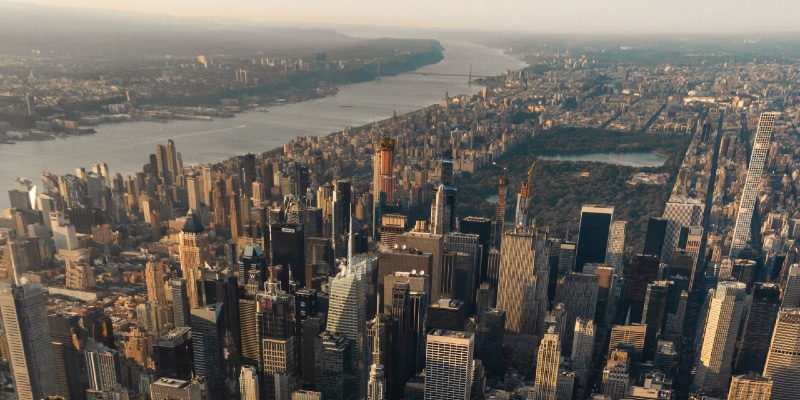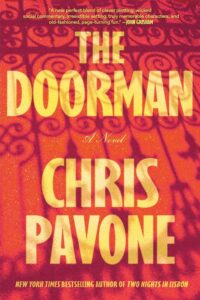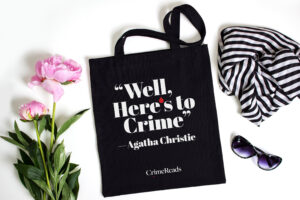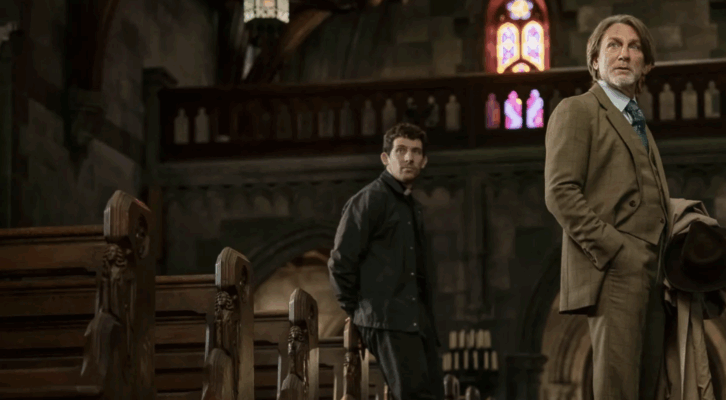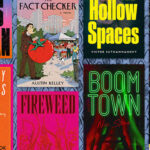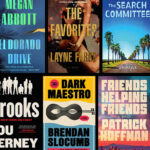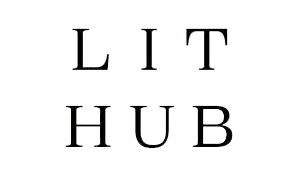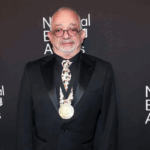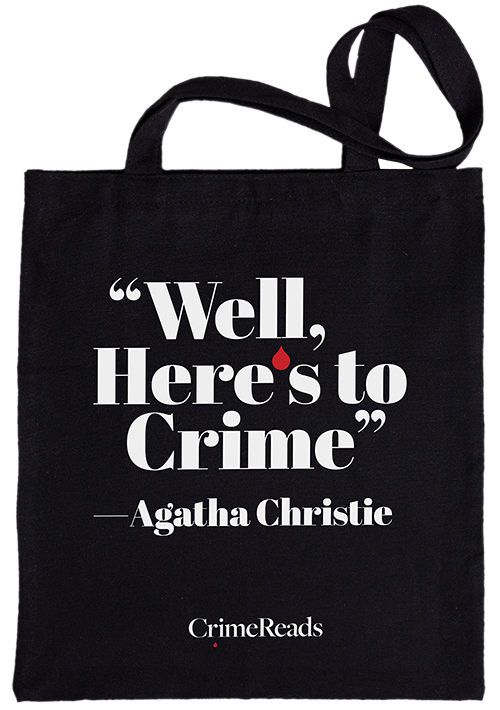Other cities have their specialties. Los Angeles has fame. Paris? Beauty. Shanghai has commerce, Toronto has diversity, San Francisco has tech, Moscow has oligarchs, Tokyo has 37 million people. You know you’re in a London novel not just because people live in flats and take the Tube, but because class conflict is at the heart of the story.
But New York? New York has it all. Race and class, money and business and high finance, art and culture, ambition and politics, sex of course, greed that ties it all together, plus the thing that New York people love to talk about above all else: real estate. These are the themes that define daily life in America’s most densely populated place, where every crowded subway car is a miracle of diversity, all of us thrown together, every religion, class, gender, age, economic stratum, every form of affinity and identification and self-expression, everybody’s every body, elbow to elbow.
This is New York. And this is the New York novel. The nineteenth-century practitioners such as Edith Wharton and Henry James wrote New York novels of manners (which is to say: class) back when that was the thing. John Dos Passos’s Manhattan Transfer expanded the class theme into an experimental, impressionist, kaleidoscopic form in 1925, the same years as one of the all-time great New York crime novels: F. Scott Fitzgerald’s The Great Gatsby.
In high-school English classes, Gatsby is not taught as a crime novel. But Jay Gatsby is a criminal, Nick Carraway is pretty much an amateur sleuth, Gatsby’s hidden histories are what drive the plot, and the denouement is a murder followed up with a revenge murder. Similarly, you may not necessarily think of Ralph Ellison’s Invisible Man (1952) or Toni Morrison’s Jazz (1992) as New York crime novels, but look closely. Aren’t they?
A crime novel is the New Yorkiest sort of New York novel. Not only because in real life all of us New Yorkers are always just around the corner from a crime. But because in fiction, crime is the machine that offers an opportunity to turn the city’s atmosphere into menace, and to integrate all the New York themes into a propulsive plot.
In the 1970s, New York was pretty famously a crime-ridden city. The Daily News paraphrased the U.S. President with “Ford to City: Drop Dead,” as the municipal government teetered on the edge of bankruptcy, and the Bronx was burning. But even through the blackouts and the graffiti and the corruption and the overwhelming prevalence of dog shit, New York was still America’s capital of culture, and the center of the publishing world. So still the writers came, to that crime-ridden city, kicking off the heyday of the New York crime novel. Jay McInerney’s Bright Lights, Big City (1984), Paul Auster’s New York Trilogy (1985-86), Bret Easton Ellis’s American Psycho (1991), Don DeLillo’s Underworld (1997)—all use crime, and the looming threat of violence and death, to propel stories that are really about the intersection of New York experiences.
The apotheosis of the era was Tom Wolfe’s juggernaut The Bonfire of the Vanities, initially brought to the world in 1984-85 in Rolling Stone in 27 installments, then published in 1987 as a major bestseller, then released in 1990 as a big-budget Hollywood debacle of epic proportions (chronicled in Julie Salamon’s superb 1991 book The Devil’s Candy). Bonfire adeptly skewers every New York type, almost like a Dave Chapelle show: no one is spared. The crime-and-punishment plot is profound, coiled around the core themes—race, class, money, sex, greed, ambition—that drive the city. Bonfire is why we use the phrase Masters of the Universe to describe arrogant Wall Streeters, a type of shade that’s more relevant today than ever.
In the past couple of decades, the New York crime novel has flourished both commercially and critically, with spectacular books such as Richard Price’s Lush Life (2008), Donna Tartt’s The Goldfinch (2015), Jennifer Egan’s Manhattan Beach (2017), James McBride’s Deacon King Kong (2020), and Colson Whitehead’s Harlem Shuffle (2021). Maybe these don’t necessarily look like crime novels on bookstore shelves, but whether or not something is considered genre is more often than not a marketing choice—it’s a direction to aim at with the cover design, it’s a review ecosystem to court—than a description of the text. But make no mistake: these great books are all New York crime novels.
The fundamental themes that define New York City are not, of course, unique to New York City. What makes the city singular is the constant presence of all these American tensions in the one place that’s also the nation’s biggest city, not to mention the wealthiest city in the world—possibly in the history of human civilization—creating a confluence of dramatic tensions about race, class, money, business, art, culture, ambition, politics, sex, greed, and, yes, real estate. This is not just New York; this is America.
So take another look at all the books mentioned above. Are these great New York crime novels? Or are these Great American novels? Or do those two phrases amount to the same thing?
***

